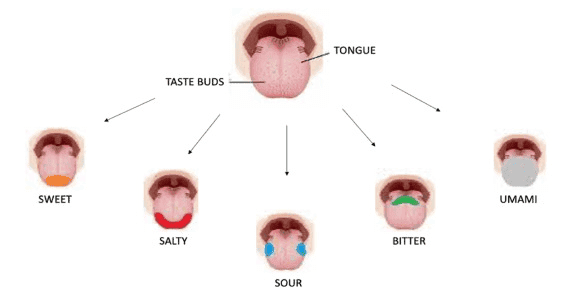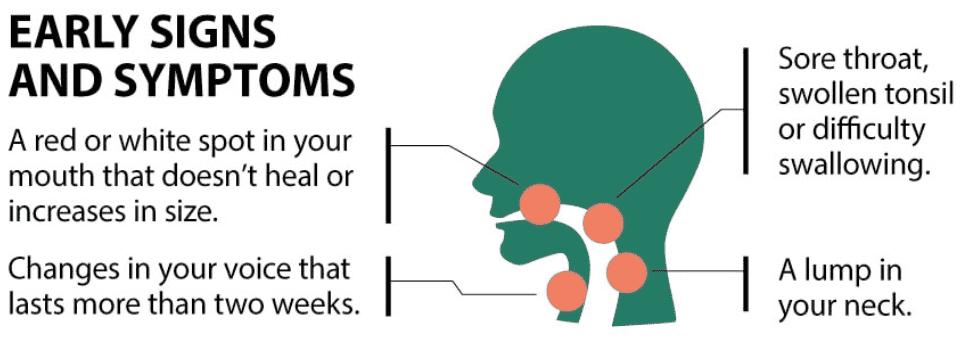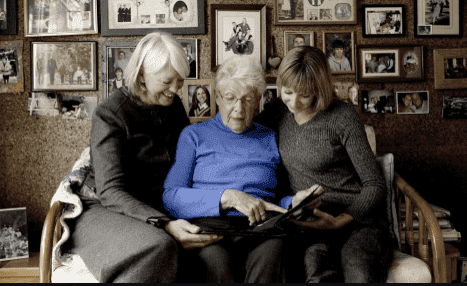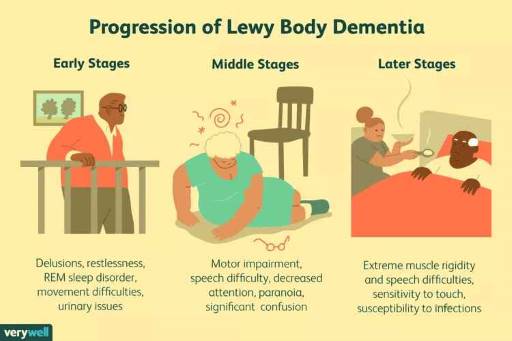
Restoring Taste After Radiation Therapy to the Face and Neck
Radiation therapy is a common treatment for head and neck cancers, but it can lead to the loss of taste, also known as dysgeusia, in some patients. This can be a distressing side effect, but there are steps that patients and caregivers can take to help restore the patient’s sense of taste as quickly as possible, with minimal risk. While there is no guaranteed way to restore taste, these tips and strategies may help patients regain some of their enjoyment of food and drink.

The Death Rattle
Witnessing a loved one nearing the end of life can be challenging and emotional for a caregiver. One symptom you may encounter during this time is the death rattle. Understanding what the death rattle is, how to recognize it, and how to manage its symptoms can help you provide comfort and support to your loved one in their final days. This guide will explore the death rattle, its significance, and practical tips for managing it.

Mottling of Skin Near Death
As a caregiver or family member, it can be challenging to witness the changes that occur as a loved one approaches the end of their life. One such change that may occur is mottled skin, also known as livedo reticularis. Understanding what mottled skin is and its significance in the dying process can help you provide the best care and support to your loved one during this time.

Minimizing Dementia Progression in Loved Ones: Beyond Medications
Dementia is a progressive disease that affects memory, thinking, and behavior. While there is no cure for dementia, there are ways to minimize its progression and improve the quality of life for those living with the disease. Here are some activities to do, activities to avoid, dietary changes to make, and activities to perform to minimize the progression of dementia.

Statins Increase the Risk of Dementia or Worsening Dementia
Pharmaceutical advertisements often highlight the benefits of a particular drug, including its ability to reduce the risk of various health conditions. However, the actual risk reduction these drugs provide may differ from what is portrayed in the advertisements. It is the opinion of the author that if cardiologists and other providers told their patients the absolute risk reduction of statins is 0.8% for all-cause mortality, 1.3% for myocardial infarction and 0.4% for stroke and the side effects of going on a statin include dementia, worsening dementia, confusion, muscle problems, such as aches, pains, weakness, muscle breakdown, falls, nausea, constipation, diarrhea, and increase the risk of type 2 diabetes, would you or anyone else ever agree to take a statin?

Understanding Laryngeal Cancer: What to Expect and How to Care
Laryngeal cancer is a complex diagnosis for both patients and families. This article aims to provide guidance and support for families new to caring for a loved one with laryngeal cancer. We will discuss what to expect throughout the disease, the changes you may notice in your loved one, and how to provide optimal care from the initial diagnosis to the end.

How to Use the Pain Assessment in Advanced Dementia Scale (PAINAD) to Determine Discomfort in Your Loved One with Dementia
If you have a loved one with dementia, it can be difficult to know if they are in pain or discomfort. The Pain Assessment in Advanced Dementia Scale (PAINAD) is a tool that can help you determine if your loved one is uncomfortable. The Pain Assessment in Advanced Dementia Scale (PAINAD) is different from other pain assessment tools for people with dementia in several ways:

Understanding Cancer Metastasis: A Guide for Patients and Families
When cancer spreads from its original site to other parts of the body, it’s known as metastatic cancer. This article aims to provide information about cancer metastasis, the common areas of metastasis based on the origin of the cancer, observable signs and symptoms, and how families can support their loved ones as the cancer progresses.

Caring for a Loved One with Terminal Cancer: A Guide for Families
Receiving a terminal cancer diagnosis for a loved one can be overwhelming and emotional. I understand your challenges in providing care and support during this difficult journey. This educational article aims to guide families on what to expect throughout the disease, what changes they might see in their loved one, and how to best care for them from onset until the end.

Understanding Heart Failure Stages and Assessment
Heart failure is a complex medical condition that can impact the quality of life of patients, especially those in hospice care. As a hospice nurse, assessing the heart failure stage is crucial to providing appropriate care accurately. This article will explore the New York Heart Failure Classification System, its stages, and how to assess patients for their stages. Additionally, we will emphasize the importance of documentation in compliance with Medicare guidelines for terminally ill patients with heart failure.

Why Patients with Dementia Thrive in a Family Home Setting
As an experienced hospice registered nurse case manager specializing in compassionate end-of-life care, I’ve had the privilege of working closely with terminally ill patients, including those battling dementia. Through years of dedicated service, I’ve observed a significant difference in the well-being and quality of life of dementia patients in family home settings versus facility-based care. In this article, we’ll explore why patients with dementia often experience better outcomes in the comfort of a family home.

Understanding Lewy Body Dementia: A Guide for Families
Lewy Body Dementia (LBD) is a complex and challenging condition that affects millions of individuals worldwide. As a hospice nurse with years of experience, I understand the importance of providing families with clear and compassionate information about what to expect when a loved one is diagnosed with LBD. This article will discuss what LBD is, its common symptoms and progression, and practical tips for providing care and support throughout the journey, from onset until the end of life.
